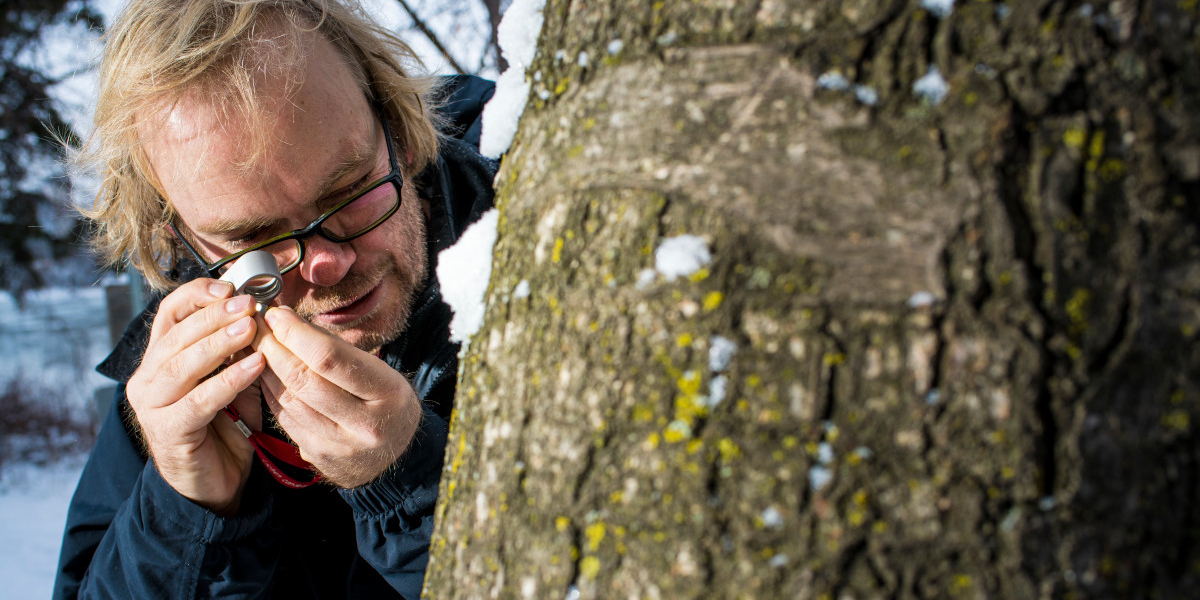The rainforest fjords of southeastern Alaska harbour one of the highest concentrations of lichen diversity found anywhere on Earth, according to a new study spearheaded by University of Alberta scientists.
An international team of researchers led by U of A biologist Toby Spribille found more than 900 species of lichen in Alaska's Glacier Bay National Park, including 27 species never seen before.
"This level of novelty biodiversity is usually associated with 'lost valleys' in the tropics," said Spribille, who holds the Canada Research Chair in Symbiosis. "To find this in southeast Alaska really speaks to how little we still know about coastal rainforests.
"There are so many new species to science that if you know what to look for, you can average one new species to science per day of field work."
The researchers compared cumulative numbers of lichens in four national parks in southern Alaska and found that together, the parks contain more than 1,300 species.
The study authors said their work highlights the importance of understanding local biodiversity for nature conservation. Each national park is home to many species not found in the other parks.
Within Glacier Bay National Park, each fjord was different.
"Of 950 species, we found only 14 species common to all sectors of Glacier Bay," noted Spribille. "It makes you wonder what remains to be discovered in all the areas we couldn't get to."
The researchers said they hope the insights they gained from Glacier Bay National Park will show how important these protected areas are in providing habitat for lichens, adding that the study also raises the question of how many species may exist in other parts of the coastal rainforest ecosystem that aren't protected.
"At high latitudes, biodiversity is locked up in other groups of organisms-and in Alaska, lichens are clearly one of those groups," said Spribille. "This ecosystem is clearly very old and very diverse for some species groups. Each island and valley is different. As ecosystems go, it is definitely one that I'd label 'handle with care.'"
The research was funded by the National Park Service Cooperative Ecosystem Studies Unit in the United States in collaboration with the University of Montana, Michigan State University, and the University of Graz in Austria.
The study, "Lichens and Associated Fungi From Glacier Bay National Park, Alaska," was published in The Lichenologist.
